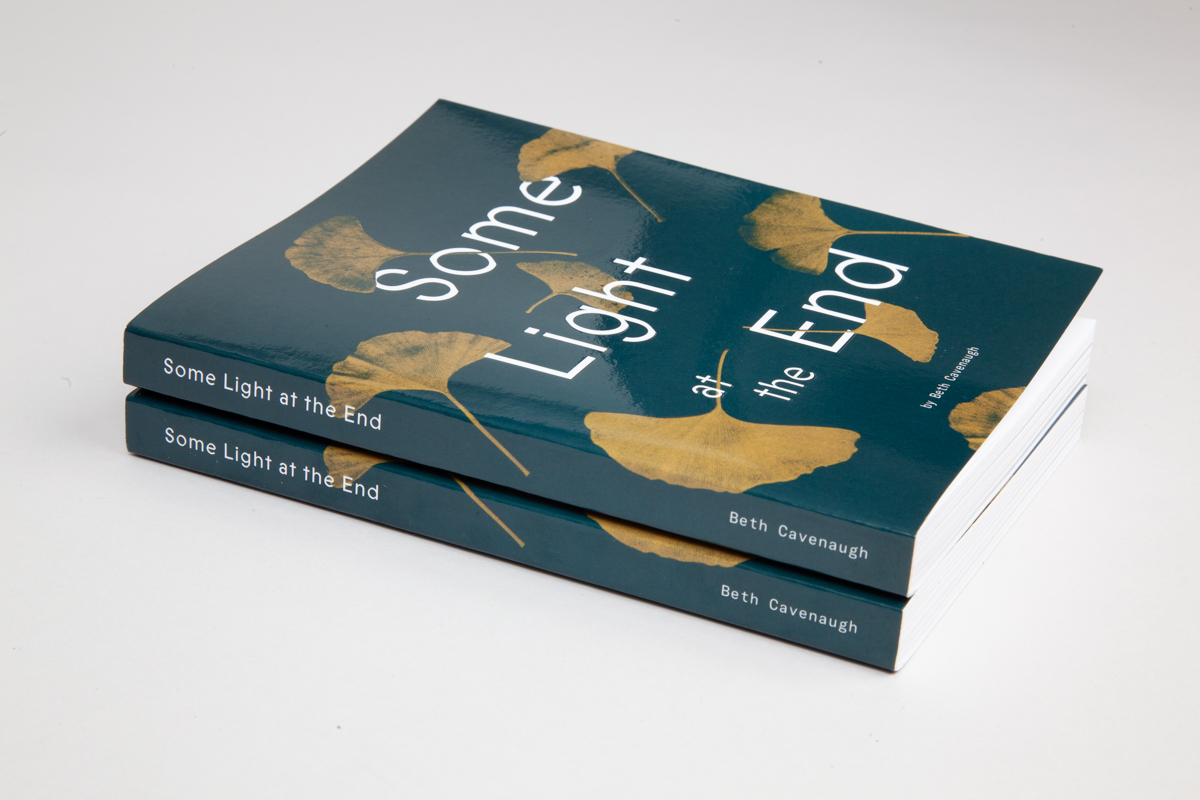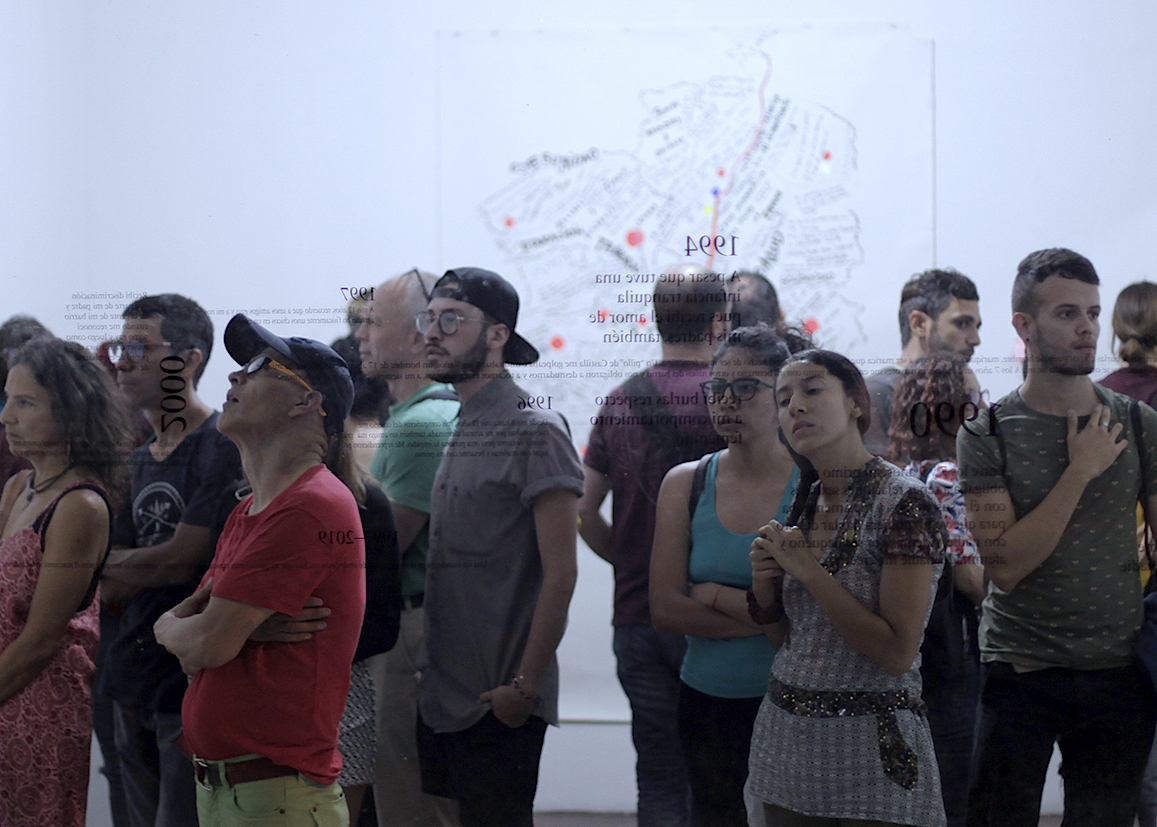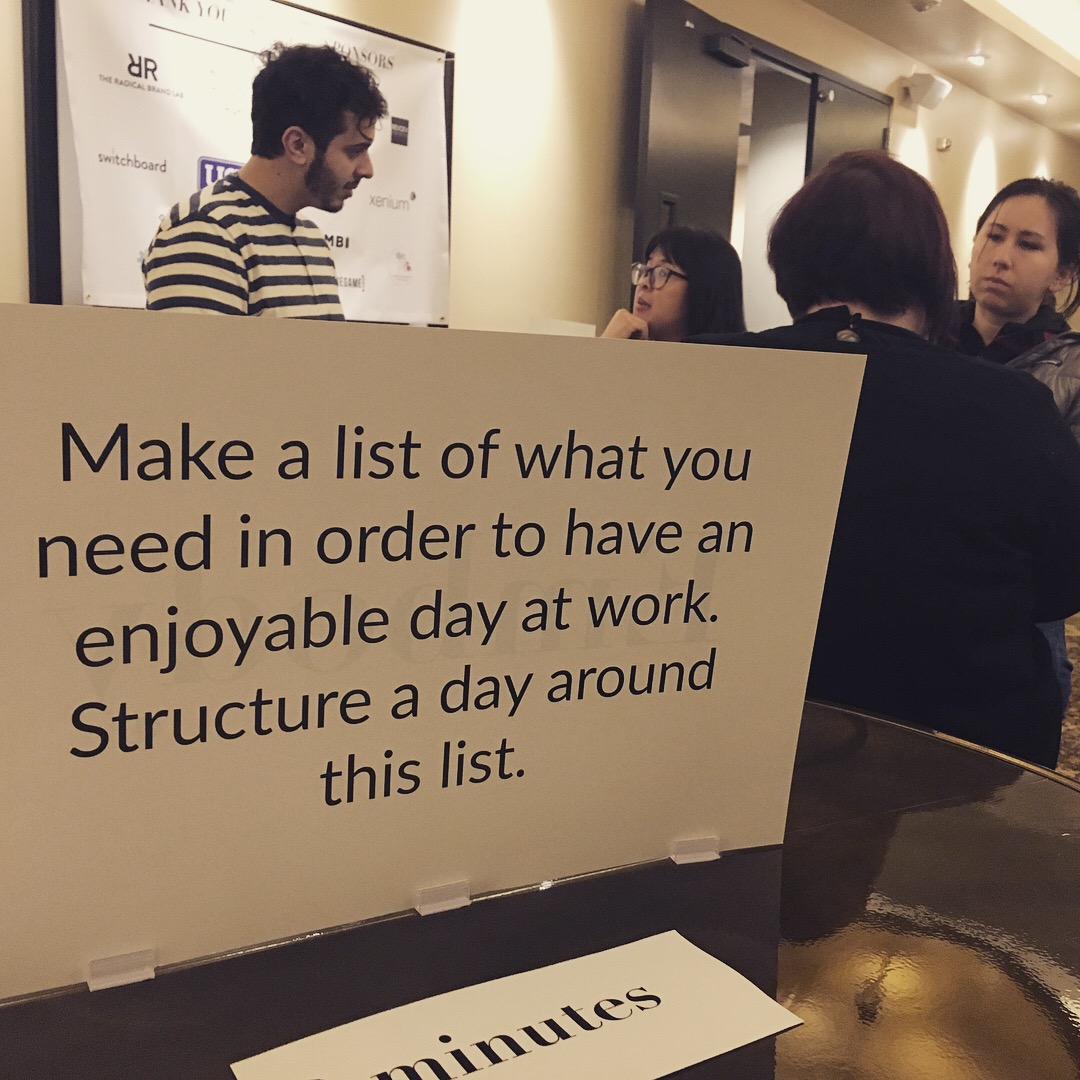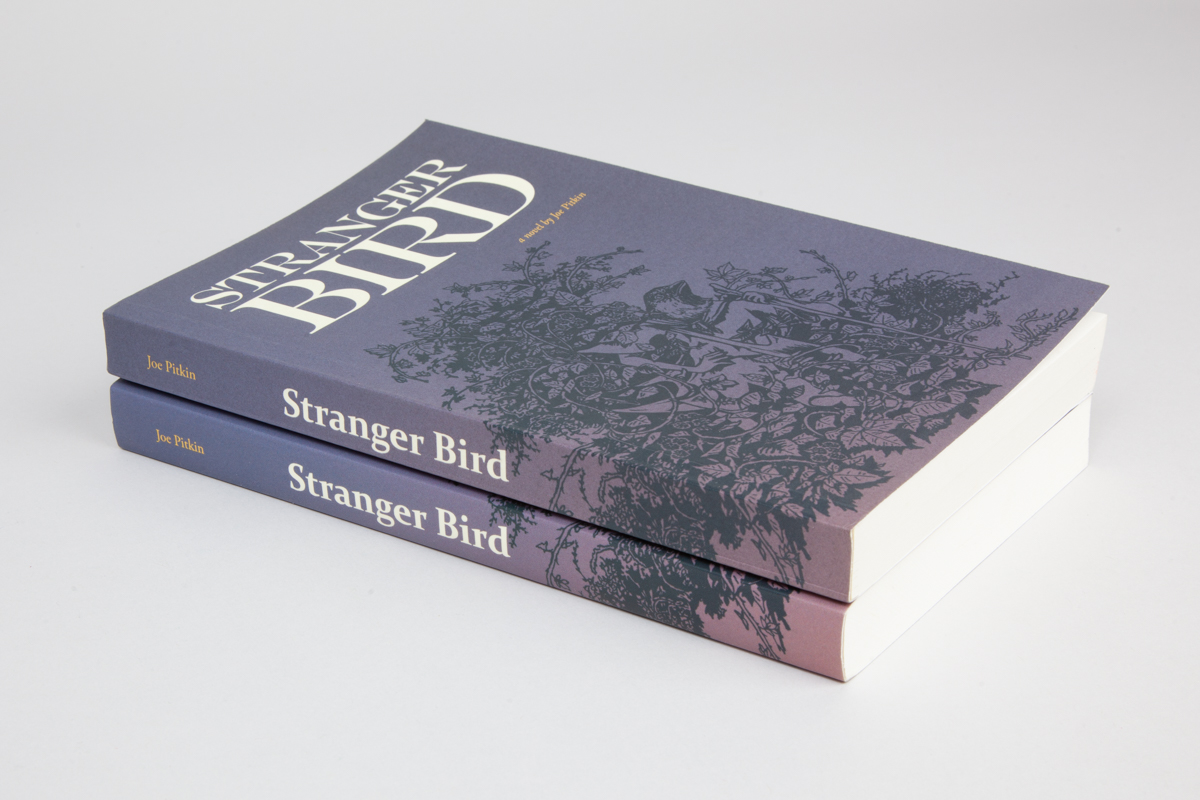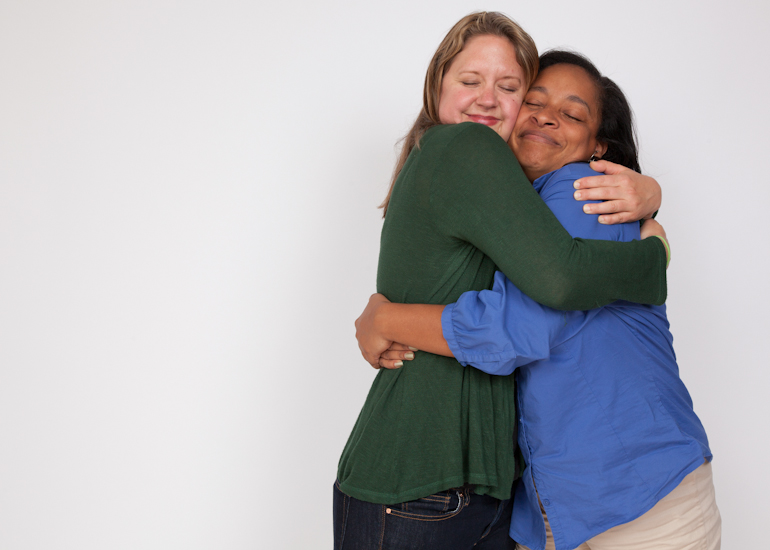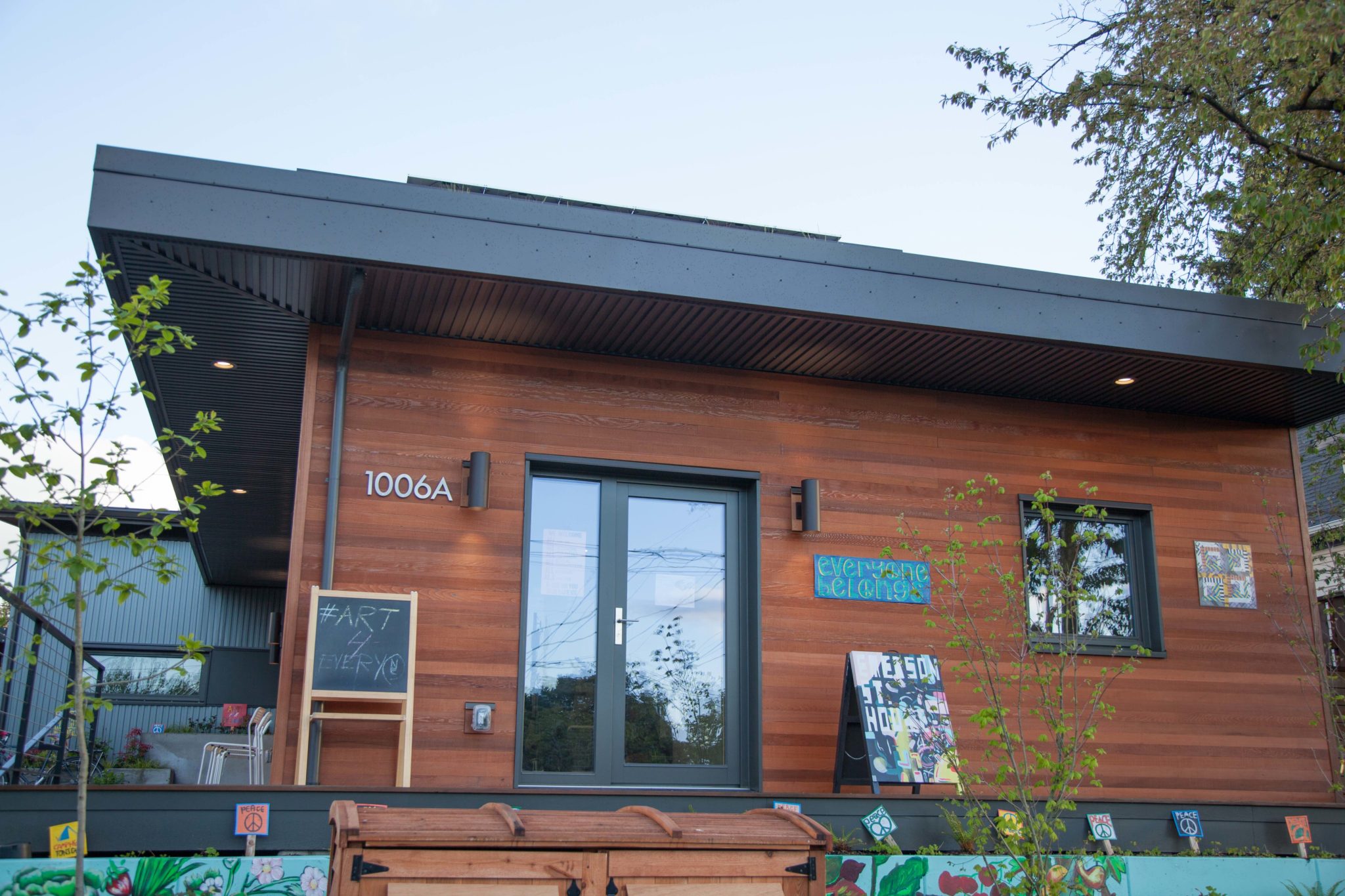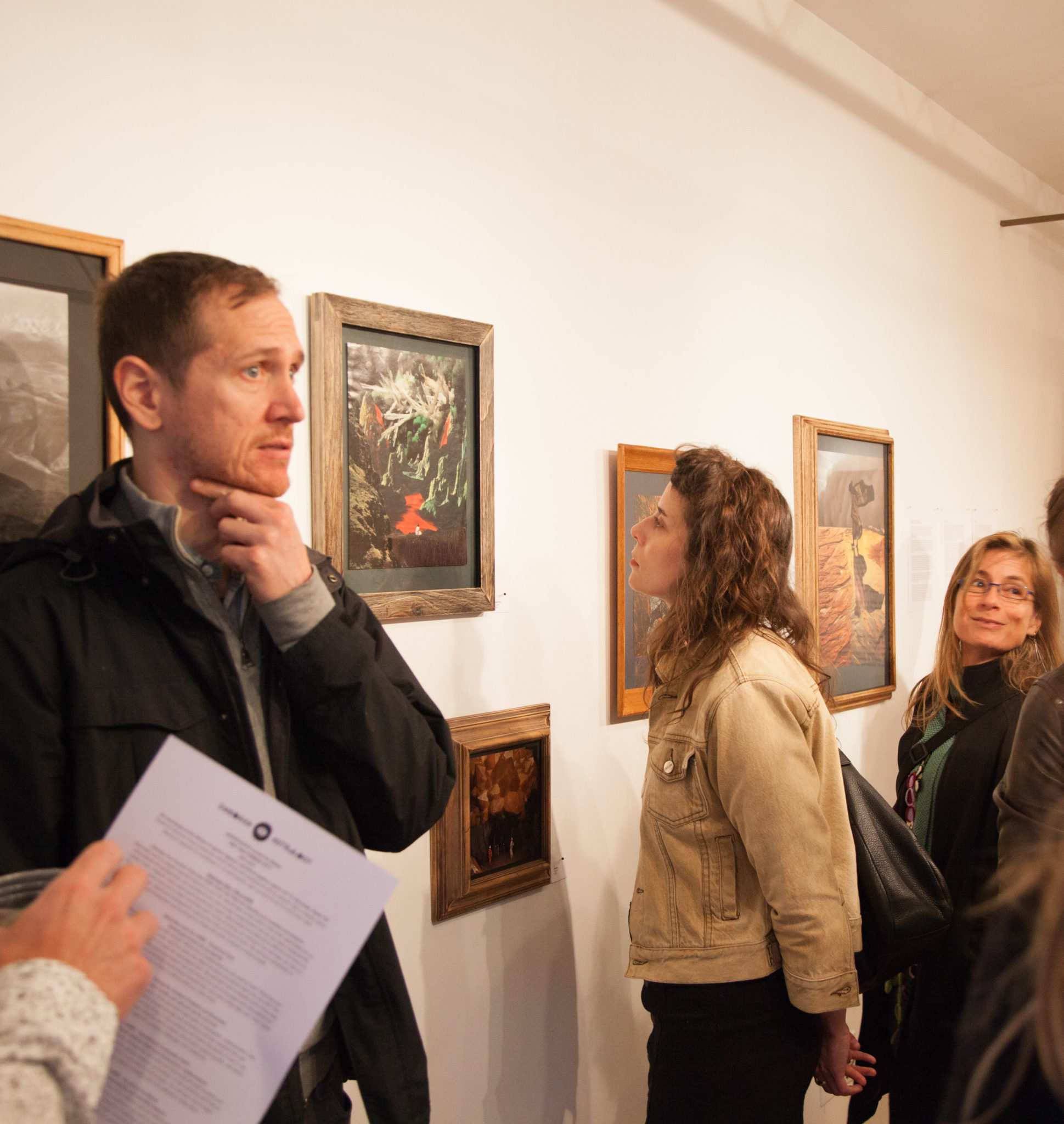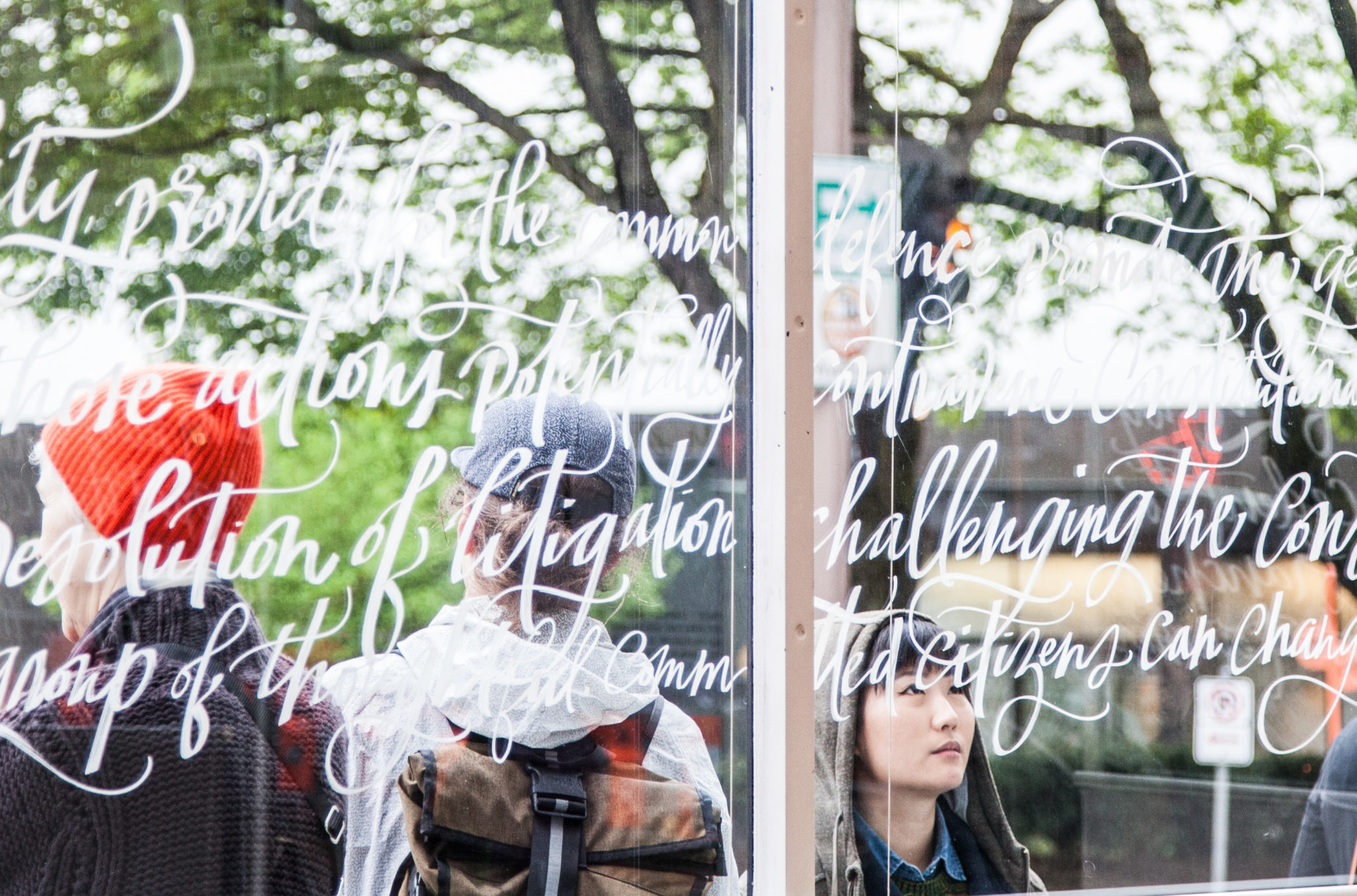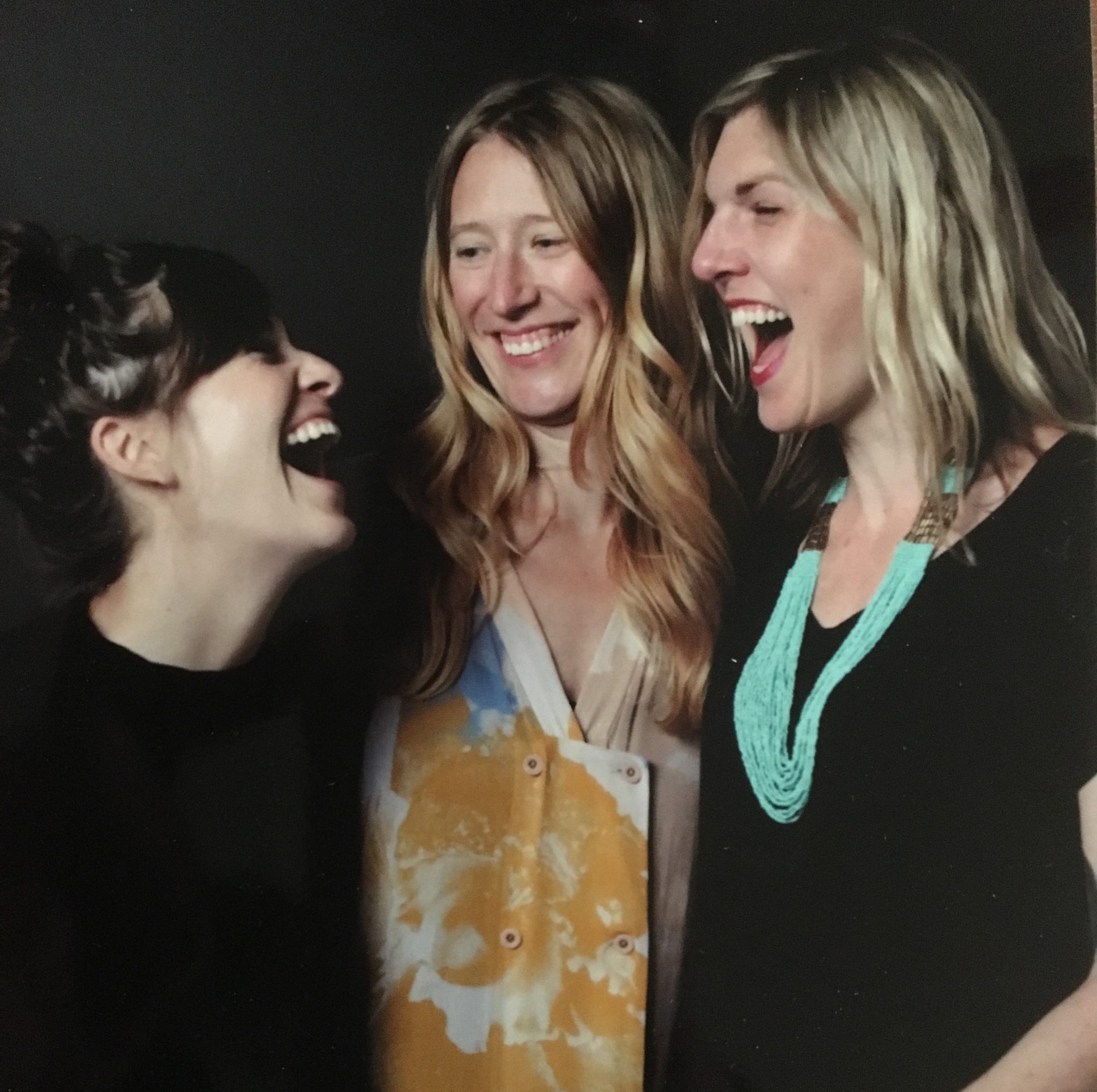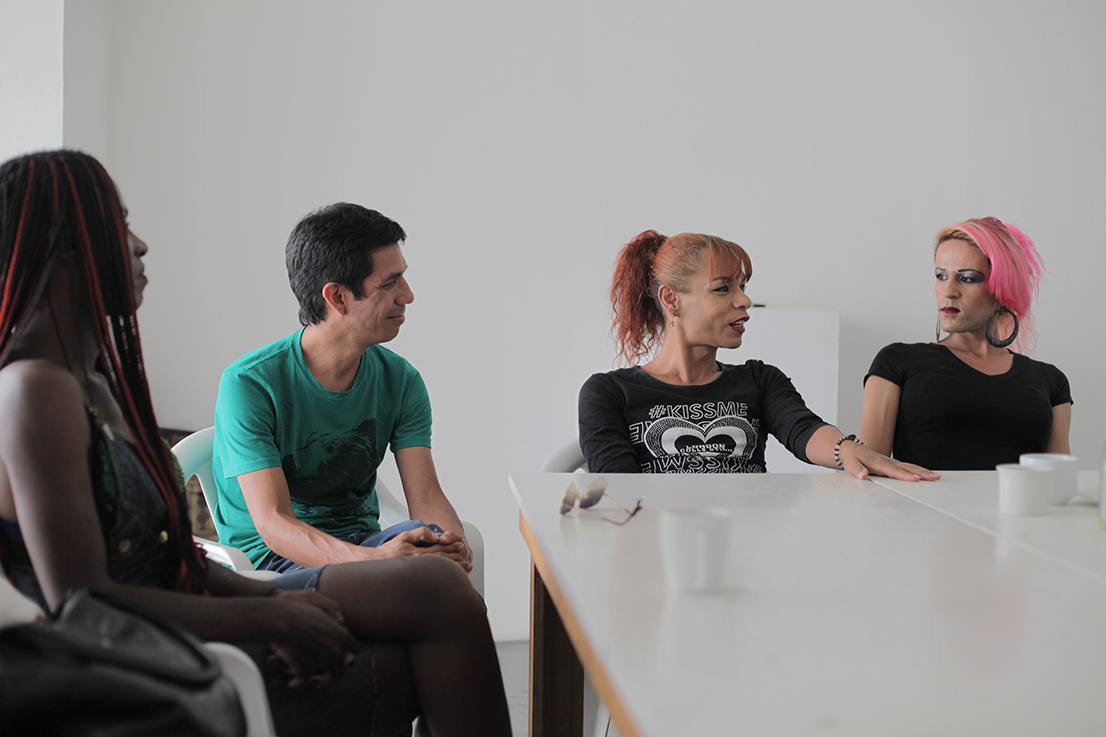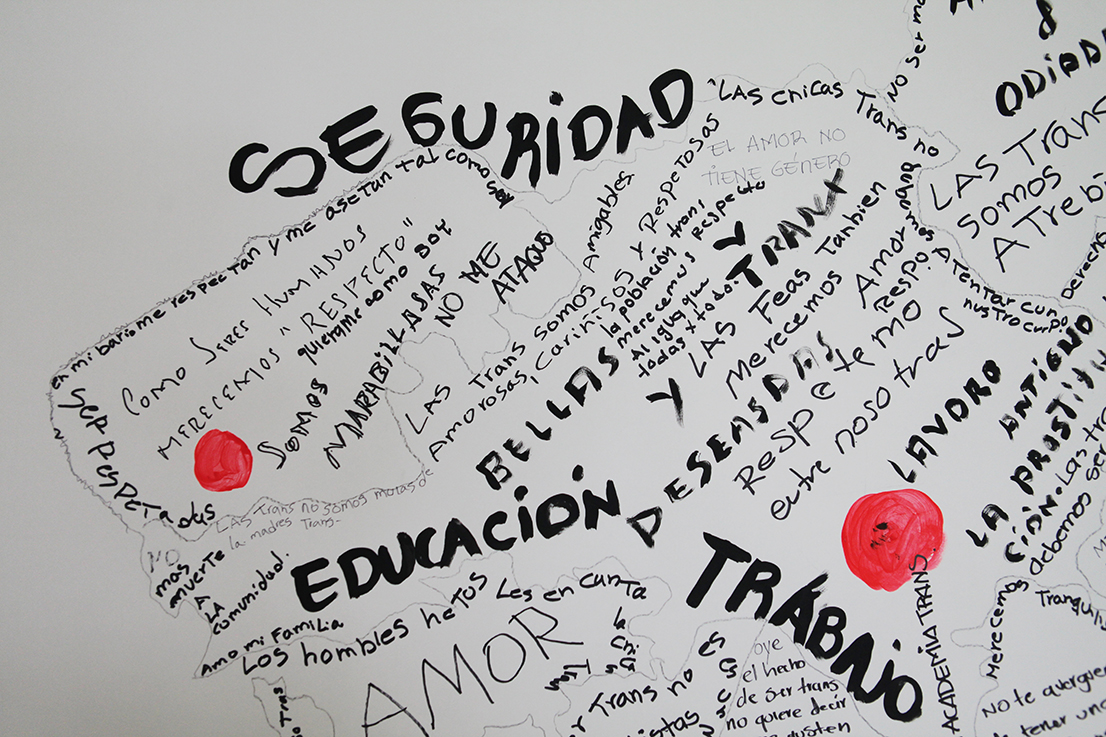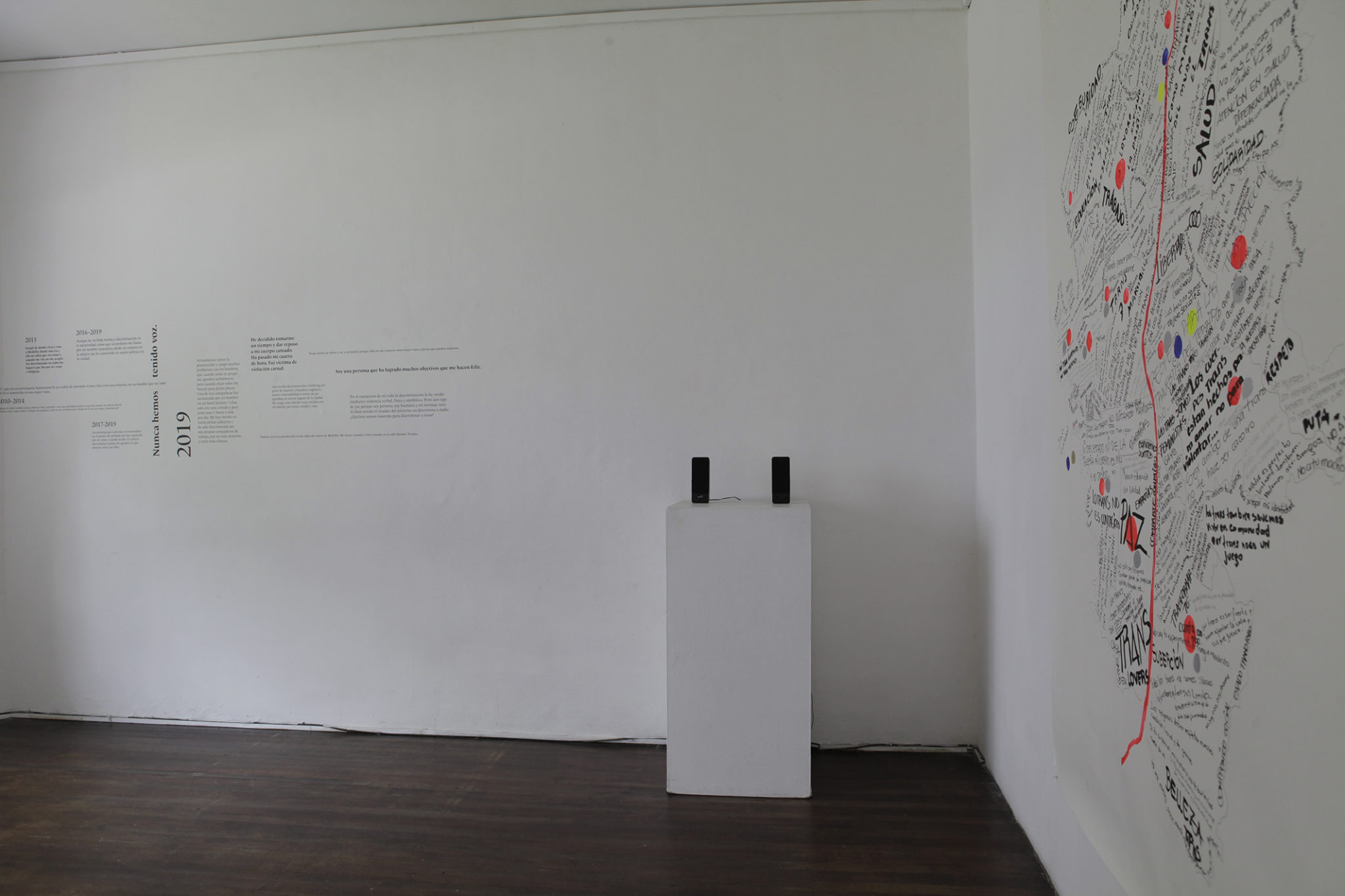Entre Voces
Producers: Erica Thomas & Amélie Cabocel
Partners: Casa Tres Patios, Colectivo Antioquia Trans
Services: Concept, Facilitation, Public Engagement, Design
Locations: Medellín, Colombia
In the Spring of 2019, WPA Co-founder Erica Thomas was invited to participate in a residency at Casa Tres Patios, a contemporary art organization based in Medellín, Colombia. The organization was interested in gaining a deeper understanding of socially engaged art, and offered in exchange their connection with many local community groups interested in developing partnerships through community projects. Once there, she and Cabocel, a fellow resident, met an amazing group of women in a mutual aid collective, Colectivo Antioquia Trans, who were interested in collaborating on a project. Through a series of facilitated workshops, storytelling, recordings, writing and ideation sessions, the group collected a folk history and archive with the women themselves speaking to their own experiences.
From the first workshopping day forward, the tension surfaced about how deeply unsafe the women felt nearly everywhere they go in public. They each have difficult histories with threats and memories of violence and harassment and they wanted to talk about it together. It was through their guidance and desire to share this truth that we created Entre Voces, a project about the violence faced by transgender women in Medellin, in public and private spaces, and the all too common silence about this issue.
The project culminated in an exhibition and public conversation between the artists and Colectivo Antioquia Trans, all of which was hosted in the gallery spaces of Casa Tres Patios and opened to the public. The exhibition included audio recordings from the storytelling workshops, environmental installation featuring a 25’ long timeline of violences created out of written notes from the workshop. We invited the group to participate in the creation of a collective mapping exercise, during which a key collaborator coined the terms “topofilia” and “topofobia” to describe her experience of place. This 5’x7” ‘map’ became a focal point for visitors to the exhibition in relation to the timeline, lending understanding of their experiences across space and time.

